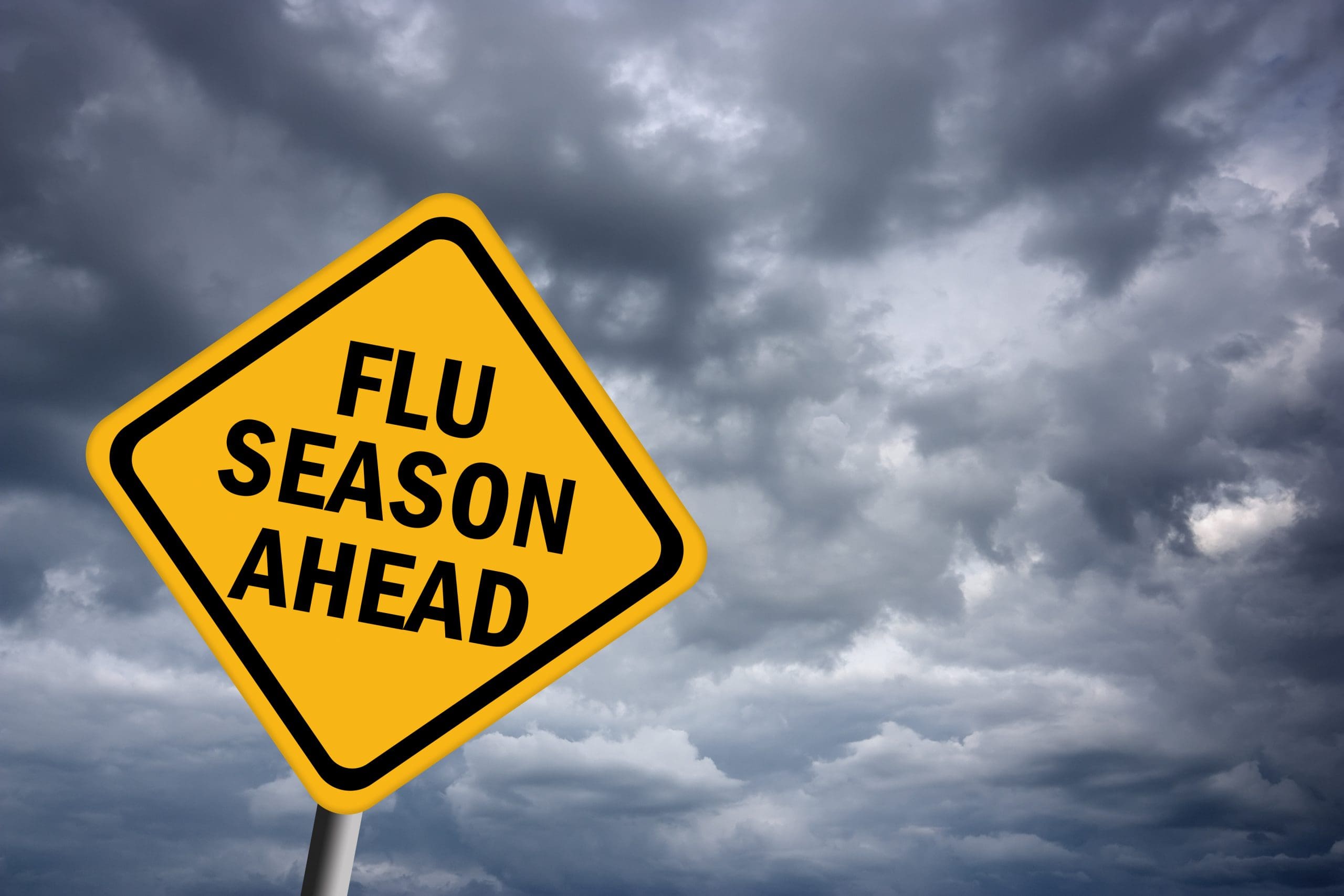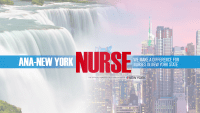Seasonal influenza vaccination and the nurse
The concern is that RNs and other HCP can transmit influenza to their patients as well as acquire influenza from their patients. This subclinical infection is a silent transmission, putting vulnerable patients, co-workers, and even the nurses’ families at risk for becoming one of the annual statistics that include 36,000 deaths and more than 200,000 hospital admissions attributed to seasonal influenza and its complications.
ANA addressed this issue in 2005 by launching the “Everyone Deserves a Shot at Fighting Flu” campaign. This campaign included a survey of members that sought to identify barriers and myths about seasonal influenza in order to present the issues to nurses. In 2006-2007, ANA conducted the “Best Practices in Seasonal Influenza Vaccination” recognition program. One of its main goals was to identify practices that were effective in increasing seasonal influenza vaccination rates within various organizations so that other organizations could emulate those practices and increase their rates of vaccination. A brochure and other materials have been developed based on this information and can be accessed at www.nursingworld.org/MainMenuCategories/OccupationalandEnvironmental/occupationalhealth/Influenza.aspx.
As a follow-up to the 2006-2007 campaign, a second campaign of “Best Practices in Seasonal Influenza Vaccination” was conducted based on the 2007-2008 seasonal influenza vaccination efforts by healthcare organizations for their HCP. After receiving applicants from across the United States, the campaign recognized The Children’s Hospital of Philadelphia in Pennsylvania; Cook Children’s Health Care System in Fort Worth, Texas; Emory Healthcare in Atlanta, Georgia; and Genesis Health System in, Davenport, Iowa for their successful programs.
The 2008-2009 season
The National Vaccine Influenza Summit was held in Atlanta in May 2008 to help plan for the upcoming influenza season by discussing ways to increase vaccination coverage for the 2008-2009 influenza season. Summit participants focused on healthcare workers by discussing strategies to overcome myths and misconceptions. A panel, including a representative from ANA, explored issues specific to HCP.
The National Foundation of Infectious Diseases has developed a report on best practices titled, “Immunizing Healthcare Personnel Against Influenza” as a follow-up to its first call to action in 2004, “Influenza Immunization Among Health Care Workers,” which followed a roundtable meeting. ANA was present at both the 2004 and 2007 roundtables, providing input into the remedy for this critical issue in health care.
Organizations such as the Joint Commission have placed the spotlight on seasonal influenza vaccination rates. The Joint Commission has recognized the importance of increasing seasonal influenza vaccination rates for HCP and is now requiring organizations to implement vaccination programs as part of their accreditation process.
So much of what occurs in the healthcare system relies on information followed by action. RNs can keep seasonal influenza vaccination in the spotlight within their circles of influence by encouraging vaccination for their patients, taking the lead and receiving their influenza vaccination annually, and perhaps recruiting a co-worker to do the same.
Nurses have traditionally responded positively to challenges, particularly when protecting their patients. The battle against seasonal influenza is no different. Nurses can lessen the impact of this problem not only by staying healthy themselves throughout the influenza season (so they can remain on the job to care for patients), but by being confident that, by getting their seasonal influenza vaccination, their possible subclinical case of influenza will not be passed on to a vulnerable patient or co-worker; nor will it be taken home. Let’s have an influenza season where the numbers finally do change for the better; where we successfully reduce or eliminate the annual assault of seasonal influenza, a vaccine-preventable illness.
Nancy L. Hughes is the Director of ANA’s Center for Environmental and Occupational Health.


















